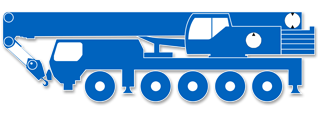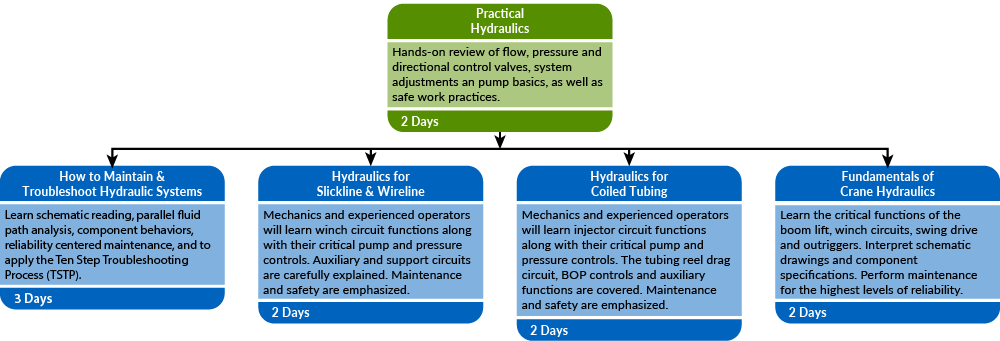Day One: Operators & Mechanics
Winch Circuits
Objective: Explain the feature of typical crane winch circuits
Activity: Identify typical crane winch features on the schematic
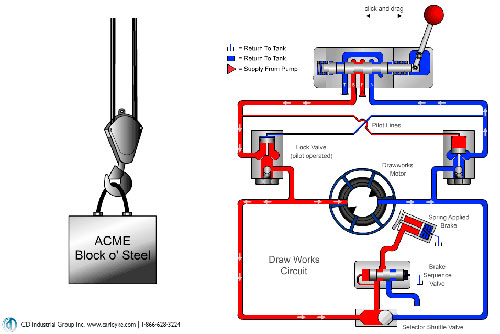
Learn about features that prevent runaways and excessive line pulls
Slewing Circuit
Objective: Explain slewing circuit functions
Activity: Identify slewing components for normal function and boom dolly towing
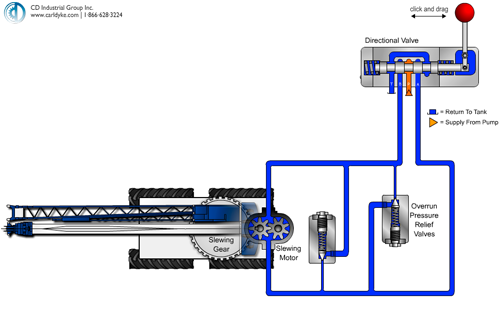
Keep the slewing circuit in top condition
Boom Lift Circuit
Objective: Explain valving and safety features to lift and lock the boom
Activity: Trace out flow and pressure controls for the boom lift circuit
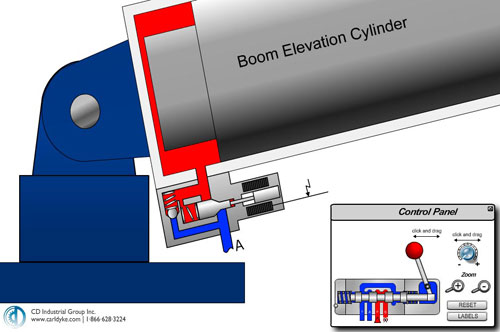
Find out how critical it is to keep the fluid clean
Outriggers
Objective: Explain outrigger circuit functions
Activity: Fully analyze the critical function of the lock valves
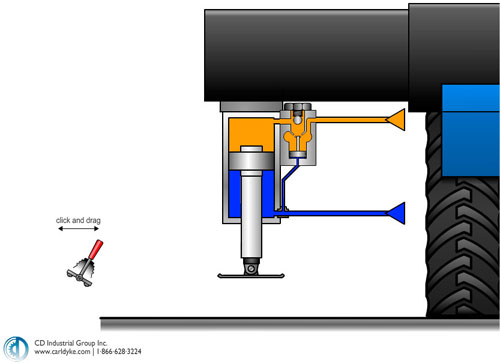
Find out how important clean oil is to keeping a crane upright
Safety
Objective: List common hydraulic hazards and safe procedures

Think before you act - a few hundred PSI (or less) can injure or kill!
Preventative Maintenance
Objective: Describe preventative maintenance procedures
Activity: Identify maintenance tasks and frequencies for hydraulic cranes
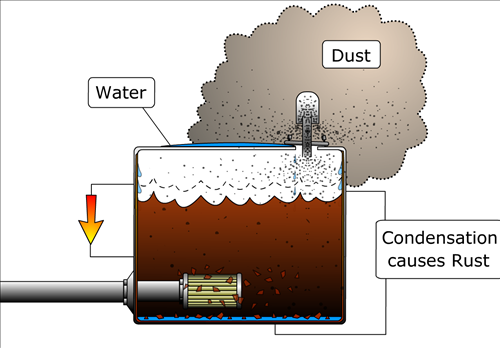
Avoid "run-to-failure" with good maintenance and planning
Day Two: Mechanics
Theory and Design
Objective: Explain the principals of hydraulics that affect troubleshooting
Activity: Predict fluid behavior in various crane systems
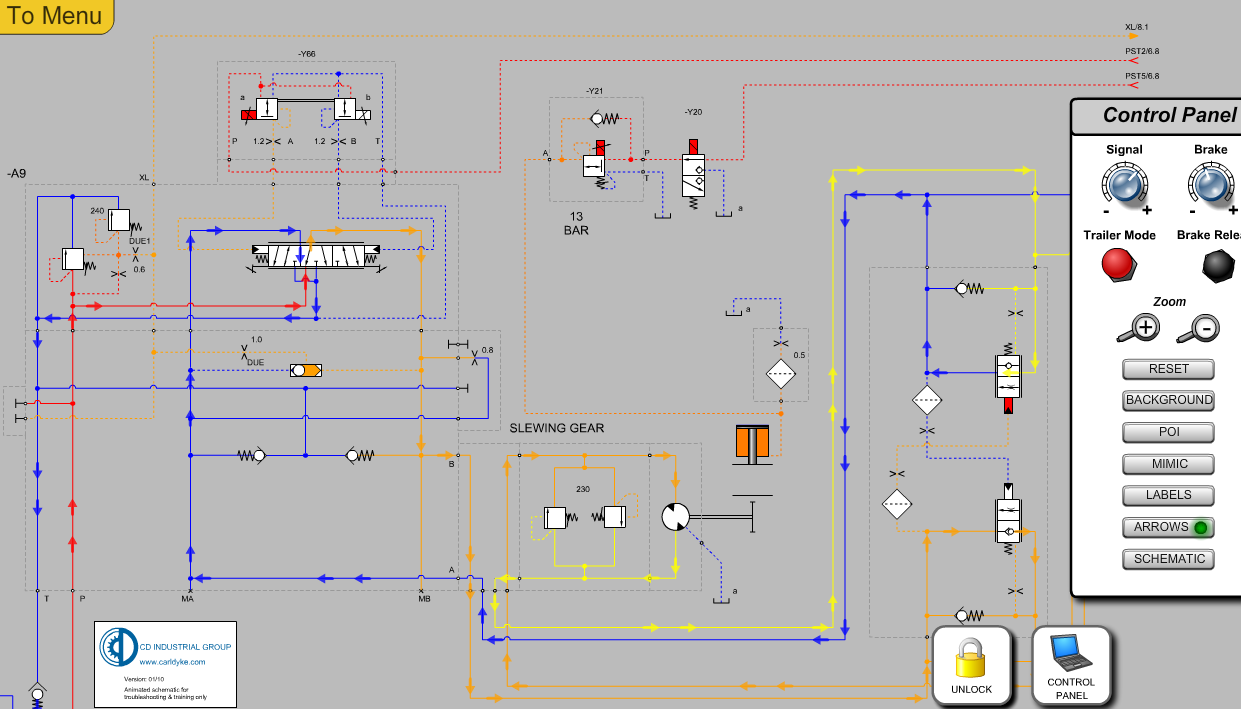
Map out flow paths for faster troubleshooting
Hydraulic Pumps
Objective: Compare and explain the principles of various hydraulic pumps
Activity: Internal damage inspection and analysis of hydraulic fluid selections
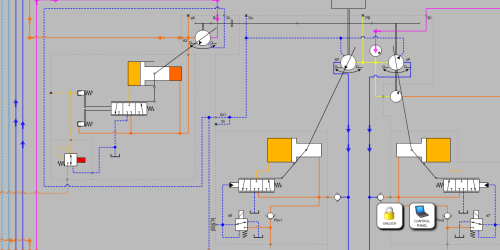
Pump control mechanisms and load sensing features covered
Actuators
Objective: List procedures to diagnose common problems in actuators.
Activity: Motor and cylinder fault diagnosis
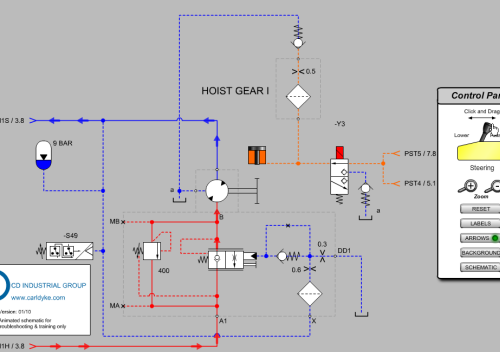
Find out why motor problems show up at slow speeds
Valves
Objective: Identify valve designs and diagnose common problems.
Activity: Valve disassembly, inspection and reassembly
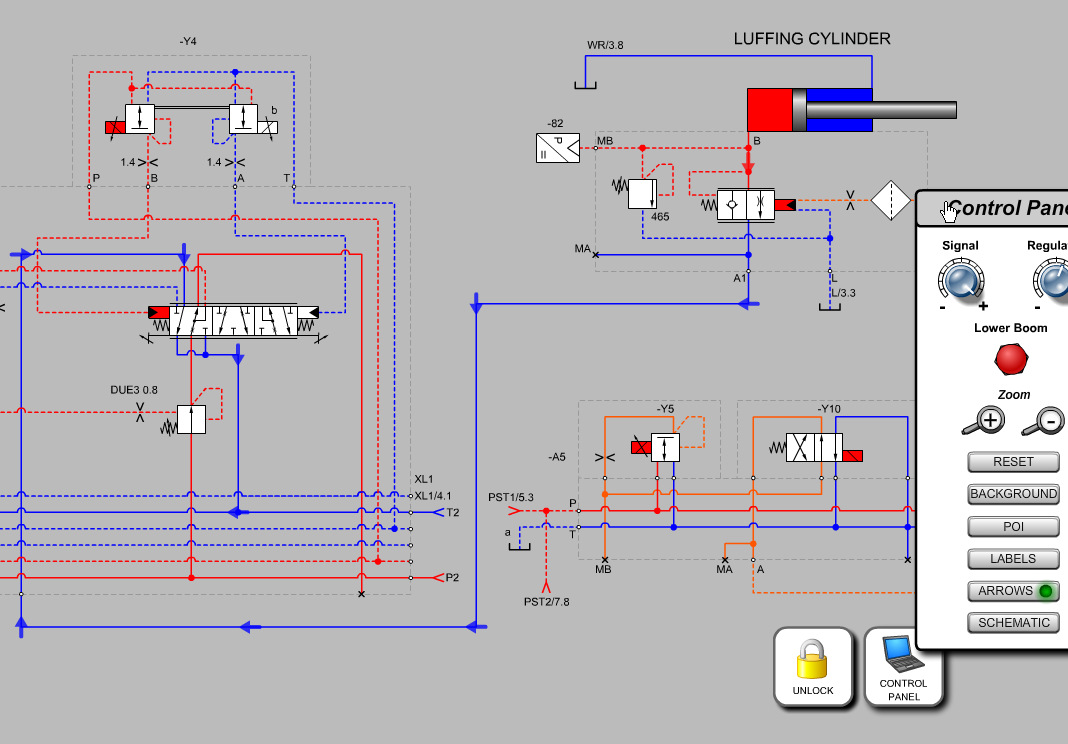
Diagnose valve problems accurately - Is it mechanical or electrical?

